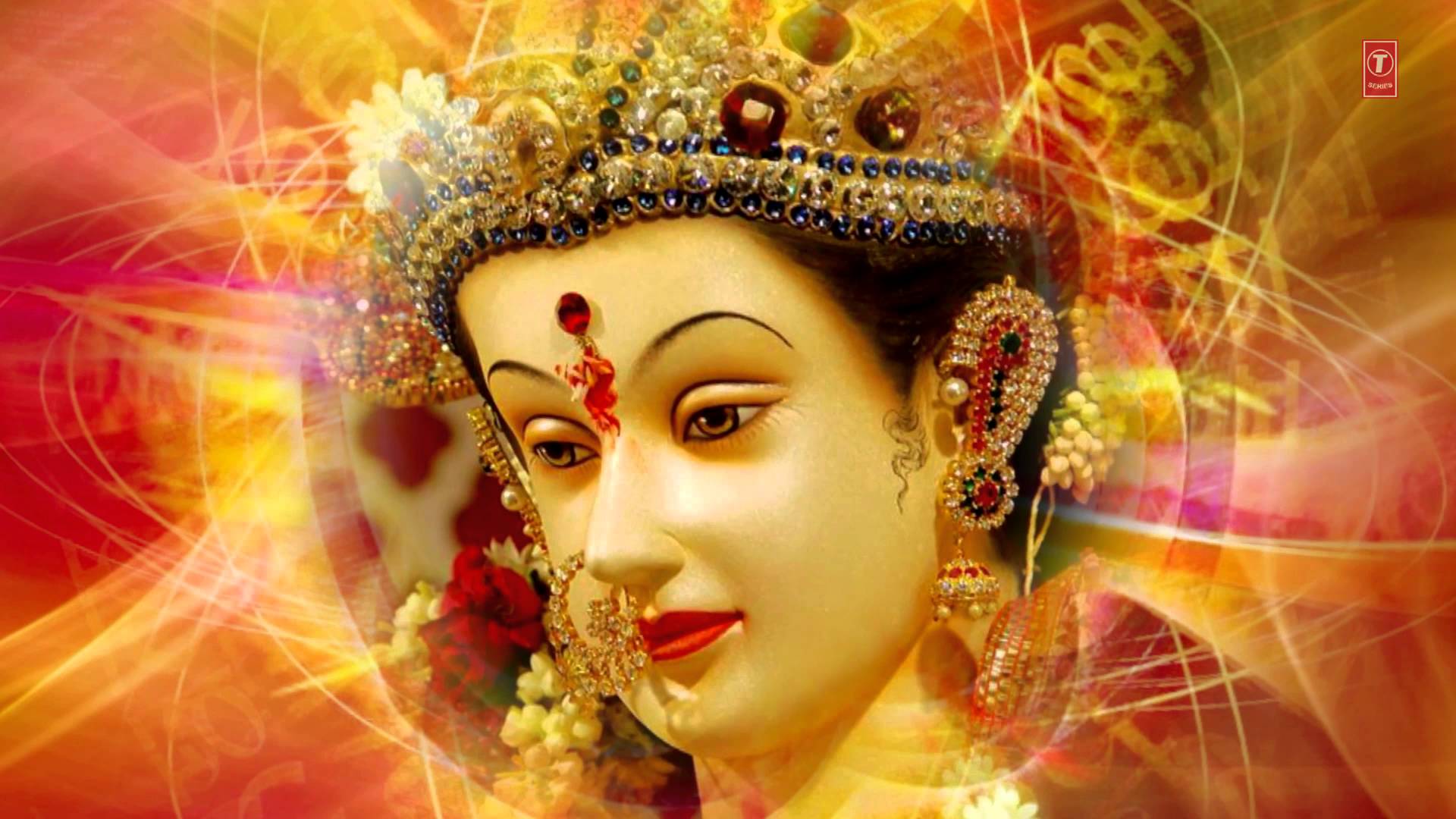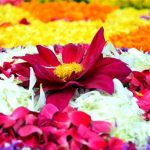If you were thinking that Lohri and Baisakhi are the only festivals that Punjabis celebrate, it is not true they have their very own Navaratri celebrations that are a tribute to Goddess Sakthi and the spirit of womanhood. Though Navaratri might not be as big as the other two festivals, it involves lots of rituals and traditional festivities.
Shakti has become popular under several names such as Kali (black one), Mahakali (mighty Kali), Karali (causing fear), Kapali (who wears human skulls), Chandi (stubborn), Bhavani (who enthuses valor), and Mahishasurmardini, each name depicting her role in exterminating demonic forces and restoring order.
Her Mahishasura-Mardini-form was made up of the combined power of the three gods — Brahma, Vishnu, and Shiva, to annihilate the buffalo-demon, Mahishasura. As Kali she killed Chanda and Munda, demons, and came to be called, Chamunda. She also killed Raktabija and other demons. Religious scholars read metaphysical meaning into the extermination of demons who embody negative energy which is dispelled by the divine mother’s grace. In esoteric practices, Durga is the presiding deity of vishuddha chakra, within the Sushumna channel at the base of the throat.
The Devi Mahatmya (also called Chandi or Durga Saptashati), a part of the Markandeya Purana, describes the Mother goddess in her three major forms: Mahakali, Mahalakshmi and Mahasarasvati, embodying respectively, the qualities of tamas, inertia, rajas, energy, and sattva, quiescence.
These forms manifest in Nava-Durga, a goddess with nine appellations worshipped over nine days during Navaratra (Navaratri) festivals in spring (Vasanta) and autumn (Sharada). These are Shailaputri (‘daughter of the mountain’), Brahmacharini (‘celibate’), Chandraghanta (‘who wears the crescent on her forehead, resembling a bell – ghanta’), Kushmanda (‘who of her own volition, creates the “little cosmic egg” called the universe’), Skandamata (‘mother of Skanda’), Katyayini (daughter of sage Katyayana), Kalaratri (‘dark-complexioned like night’), Maha-Gauri (‘the great Gauri’) and Siddhi-dhatri (‘bestower of boons’).
During Navaratra, each of her forms is propitiated, one after another, by devotees at home or in temples, who observe fast or vigils, do kumari-puja, ‘virgin-adoration’, recite mantras, or worship yantra-s geometrical representations, appropriate to the deity. At places, group idols of the goddess are made of straw, bamboo, or cow dung, and immersed in running water along with barley plants which are sown on the first day of the lunar fortnight of Ashvina. In some parts of south India, a kalasha, pitcher, made of copper, clay, or silver, is covered with coconut and nine types of leaves before being consecrated to the deity.
The Saundarya Lahiri attributed to Adi Shankaracharya says that Shiva and Shakti are one and the same but without Shakti, Shiva becomes shava, a corpse. Obviously, it is a metaphysical explanation of the masculine and the feminine aspects of the Absolute Being who is one without a second. If Shiva is Satya, truth, she is sati (truth in action); if he is Brahma, the Supreme, she is Brahma-mayi, imbued with his powers; if he is chit, consciousness, she is chiti, consciousness with energy; if he is Prakash, light, she is vimarsha, illumination; if he is ananda, bliss, she is ananda-Lahiri, the blissful wave; if he is Kameshvara, the god of desire, she is Kameshvari, its fulfillment. Shiva and Shakti are indistinguishable like the sun and its rays or the moon and moonshine.
Navaratra is a special time of the year to invoke and worship Shakti, the divine mother, for self rejuvenation.
Must Read:Madikeri Dasara: Rituals and Cultural Fiesta
Special Puja for girls
Usually, the women fast for the first seven days of Navaratri and thrive on falahaar or a vegetarian menu of rice, roti made of dried chestnut, dishes made of potato, pumpkin, yam, and sabudana. The eighth day is celebrated by conducting Kanya puja, known as kanjak puja in the community, which is worshipping womanhood.
Kanya puja is followed by a grand lunch for the young girls. They are served puri, chana, and halwa, which are considered a must for Navratri celebrations and kanjak puja.
Some Punjabi families perform a ritual called khetri on the first day of Navratri where they harvest jowar in a pot and immerse it in water after the eighth day. No garlic and onion are cooked on the day of harvesting jowar. Kirtana and Durga puja at home is an integral part of the festival.
[video_ads]
[video_ads2]
You can send your stories/happenings here:info@religionworld.in










